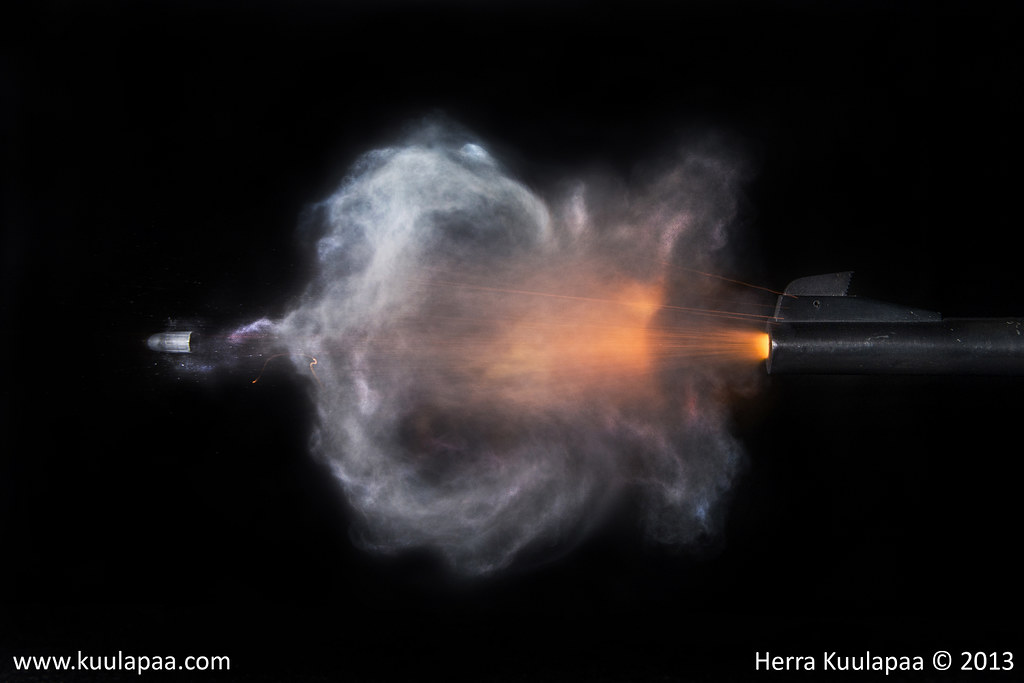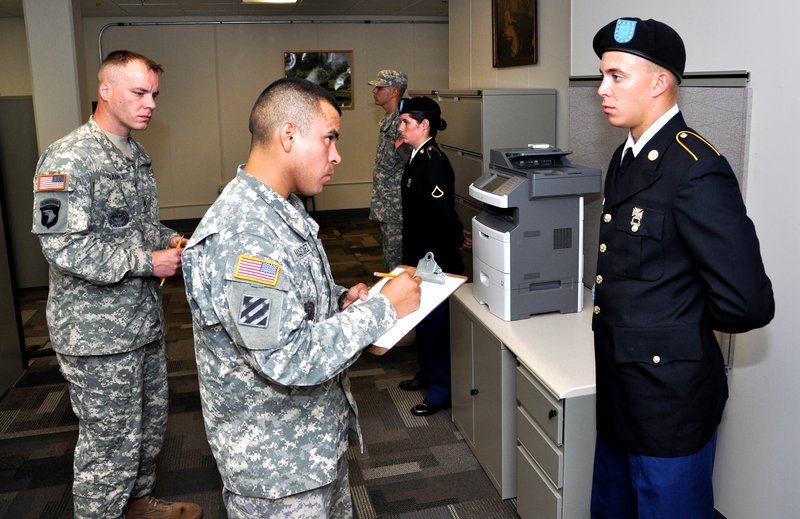German Captain Fritz Haber gave the command to release chlorine gas from hundreds of cylinders at Ypres in April of 1915. At that moment, chemical warfare became part of the horrors of trench warfare for the remainder of World War I.
Chemical weapons were not used in World War II, or subsequent wars, except the Iran-Iraq War in the late 80s. Military leaders soon found that chemical warfare is less effective than kinetic (bombs and bullets) warfare. With the additional problem that the winners often cannot occupy the territory they take. An area contaminated with Sarin or other nerve agents will take weeks to decontaminate.
While they are not very effective against trained, protected soldiers, chemical weapons work very well against civilians, particularly in cities. Closed, crowded spaces are perfect for chemical weapons. Subways, meeting halls, sports arenas are all perfect places to use chemical weapons.
In 1977, one of my additional duties as a tank commander in West Germany was CBR NCO. I was the Chemical, Biological, Radiation Weapons Sergeant for our unit. Each month I gave and hour-long class in a different weapon of mass murder and how to survive. Although we tank soldiers had a better chance of surviving than ground troops, everyone knew that in a war with gas and nukes and weaponized bugs, we were going to die.
At the end of each class I would yell, "On your feet!" The room stood up and I presented the doomsday scenario of the month. What should we do if our position is hit with a nuclear weapon? Or what should do if we are attacked with artillery shells full of nerve gas, the kind that will kill you even if you get a drop on your skin?
The soldiers answered in unison, "Sergeant Gussman, we will put our heads firmly between our legs and kiss our ass goodbye!"
We walked out laughing, but no one thought these weapons were anything but terrifying. They still are.














